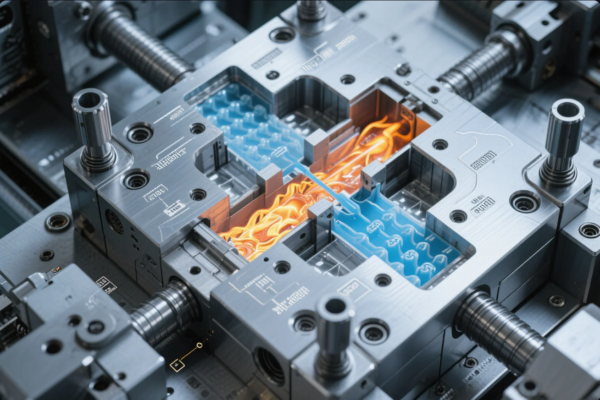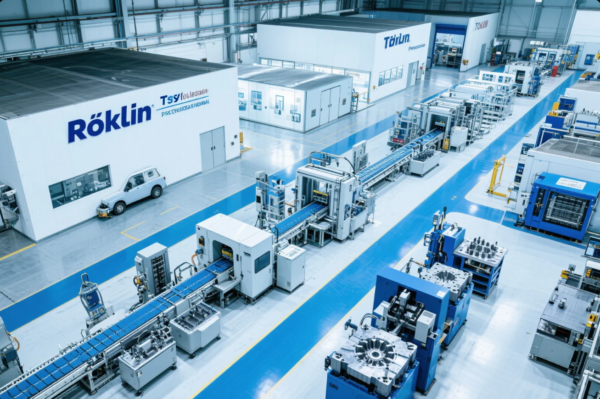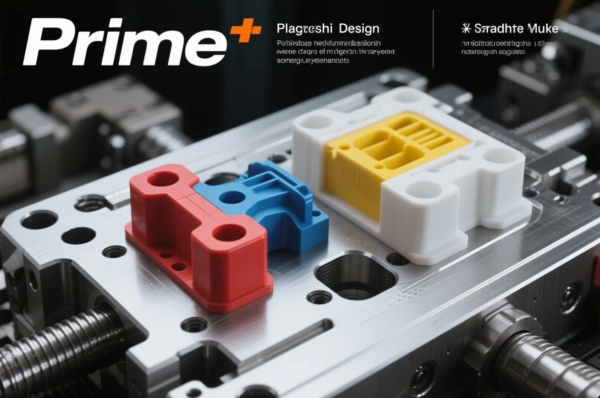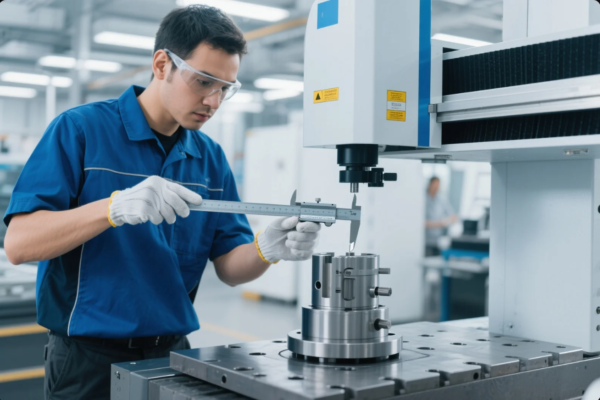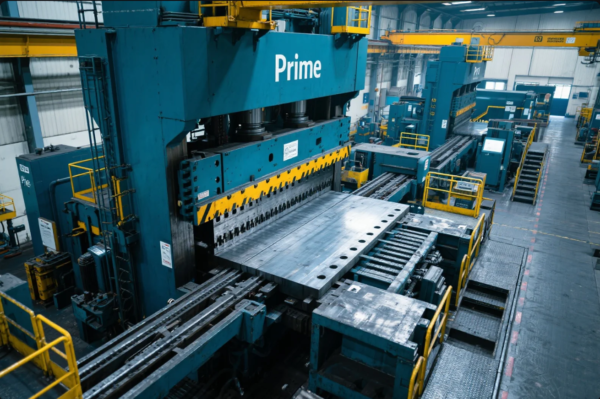How to Choose the Right Metal Forging Material? A Guide to Common Materials and Their Properties
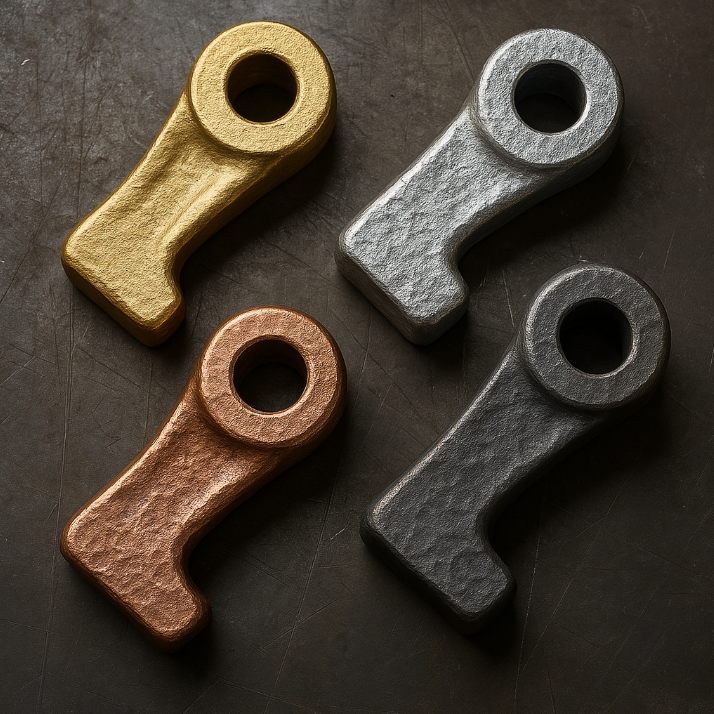
Choosing the best material for forged components requires balancing strength, cost, and application needs. The wrong metal can lead to premature failure, excessive machining costs, or poor performance—but how do manufacturers and buyers make the optimal selection?
Carbon steel, alloy steel, stainless steel, aluminum, and titanium are the most common forging materials, each offering different strength-to-weight ratios, corrosion resistance, and machinability suited for specific industrial applications.
With over 30 years of forging expertise, Prime Manufacturing breaks down the key material properties, selection criteria, and industry best practices to help engineers and buyers choose wisely.
1. What Are the Most Common Metals Used in Forging?
Carbon Steel (Low, Medium, High Carbon)
- Best for: High-strength structural parts, automotive components
- Key Properties:
- Tensile strength: 400-900 MPa
- Cost-effective but prone to rust
- Easily machinable in annealed state
Alloy Steel (4140, 4340, 8620, etc.)
- Best for: Gears, shafts, heavy machinery
- Key Properties:
- Enhanced by chromium, molybdenum, nickel
- Can be heat-treated for extreme hardness
- Fatigue-resistant under heavy loads
Stainless Steel (304, 316, 17-4PH, etc.)
- Best for: Marine, chemical, and food processing equipment
- Key Properties:
- Corrosion-resistant (especially 316 for saltwater)
- Non-magnetic or slightly magnetic
- More expensive but longer lifespan
Aluminum (6061, 7075, etc.)
- Best for: Aerospace, automotive lightweighting
- Key Properties:
- 1/3 the weight of steel
- High thermal & electrical conductivity
- Lower strength but excellent fatigue life
Titanium (Grade 2, Grade 5, etc.)
- Best for: Aircraft components, medical implants
- Key Properties:
- Highest strength-to-weight ratio
- Biocompatible & corrosion-proof
- Difficult to forge (requires specialized presses)
2. How to Match Material Selection with Application Requirements?
| Component Type | Recommended Material | Critical Property Needed |
|---|---|---|
| Engine Crankshaft | Alloy Steel (4340) | High fatigue resistance |
| Surgical Instruments | Stainless Steel (17-4PH) | Sterilization compatibility |
| Aircraft Landing Gear | Titanium (Grade 5) | Lightweight + strength |
| Hydraulic Valve Bodies | Carbon Steel (1045) | Wear resistance |
| Food Processing Blades | Stainless Steel (316) | Rust-proof, FDA-compliant |
Key Selection Criteria:
✔ Loading Conditions (impact, tension, compression, torsion)
✔ Operating Environment (high heat, chemicals, saltwater)
✔ Required Lifespan (short-term vs. decades of use)
✔ Post-Forging Machining Needs (hardness affects tool wear)
A construction equipment manufacturer switched from carbon steel to alloy steel for excavator teeth—doubling service life despite a 25% material cost increase.
3. What Are the Cost vs. Performance Trade-offs?
- Most Affordable Options:
- Low-carbon steel (1018, 1020) – Good for simple, low-stress parts
- Cast iron – Cheap but brittle, rarely forged
- Best Value (Balanced Cost & Performance):
- Medium-carbon steels (1045, 4140) – Ideal for automotive drivetrains
- Aluminum 6061 – Lightweight + moderately priced
- Premium Performance (Higher Cost Justified):
- Stainless 316 – For corrosive environments
- Titanium Grade 5 – Aerospace & medical
Material Cost Comparison (Approximate, Per KG)
| Material | Raw Material Cost | Machining Cost | Heat Treatment Cost | Total Relative Cost |
|---|---|---|---|---|
| Low-Carbon Steel | $ | $ | $ | ★★☆☆☆ |
| Alloy Steel 4140 | $$ | $$ | $$ | ★★★☆☆ |
| Stainless 316 | $$$ | $$$ | $$ | ★★★★☆ |
| Titanium Gr5 | $$$$ | $$$$ | $$ | ★★★★★ |
Case Study: A pump manufacturer reduced costs by switching from titanium to high-grade stainless steel, maintaining pressure resistance while saving 40% on raw materials.
4. How Does Heat Treatment Affect Material Behavior?
Common Heat Treatment Methods & Effects
| Process | Purpose | Compatible Materials | Resulting Properties |
|---|---|---|---|
| Annealing | Soften for machining | Steels, Aluminum | Reduced hardness, improved ductility |
| Quenching & Tempering | Increase hardness | Alloy Steels | High strength + toughness |
| Precipitation Hardening | Strengthen without quenching | Stainless (17-4PH) | Optimized corrosion & strength |
| Solution Treating | Boost aluminum toughness | Aluminum 7075 | Higher fatigue resistance |
Prime Pro Tip:
- Always specify heat treatment needs in advance—some alloys (like 4140) require tempering after forging to avoid brittleness.
5. What Are the Worst Material Selection Mistakes to Avoid?
❌ Using Mild Steel for High-Cycle Fatigue Applications
- Result: Premature cracking (e.g., failed connecting rods)
- Fix: Upgrade to alloy steel (4340) with proper quenching.
❌ Choosing 304 Stainless in Chloride Environments
- Result: Pitting corrosion (e.g., seawater valves failing)
- Fix: Switch to 316 stainless with higher molybdenum.
❌ Forging Aluminum Without Proper Grain Flow Control
- Result: Weak spots causing fractures under load
- Fix: Use multi-stage die forging for uniform grain alignment.
A mining company once used low-carbon steel for drill collars, leading to frequent replacements. Switching to heat-treated 4140 alloy extended service life 5x longer.
Conclusion
Selecting the right forging material depends on strength needs, environmental factors, and cost constraints. While carbon steel offers affordability, alloy steels provide superior durability, and stainless/titanium excel in harsh conditions. At Prime Manufacturing, we help clients optimize material choices through technical consultations, ensuring long-lasting, high-performance forged parts. Need expert guidance? Contact us for a free material selection analysis today!

